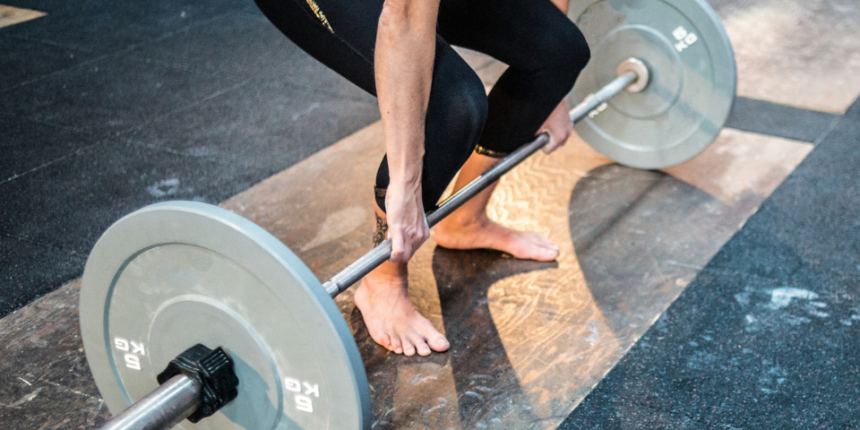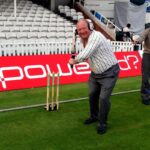A pair of supportive shoes is the first item on most essentials lists. workout equipmentso how did barefoot training become popular? Look down and around you and you’re bound to see people doing all kinds of fitness – from deadlift trail running – without shoes.
Are these barefoot athletes just showing off, or are there real benefits to training barefoot? We asked experts for their opinions on the pros and cons of going shoeless so you have all the information before jumping into this trend barefoot.
Is it safe to workout barefoot?
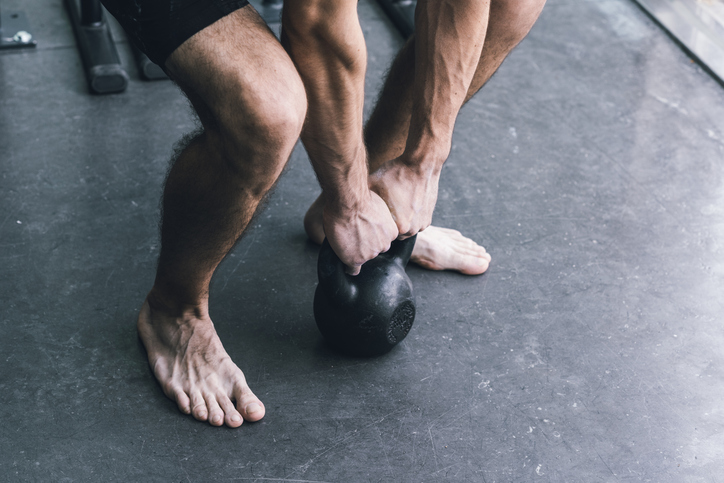
Barring environmental or health-related concerns, it’s probably safe to try barefoot training. However, there are some safety factors to consider.
Environment
Before you give up on your kicks, the first thing to assess is your surroundings. While some fitness studios may allow you to go barefoot or even ask you to remove your shoes for certain activities, others may require athletic shoes for safety and hygiene reasons. Of course, you must follow the establishment’s guidelines.
If you tend to exercise outside, take a look around and use your best judgment. If the ground or anything on it could potentially cut, scratch, or burn your feet, keep your shoes on.
Medical Conditions
Next, think about your own feet (and the body connected to them).
“Anyone with sensory loss in their feet or at higher risk of sensory loss in their periphery, such as diabetics, should avoid exercising barefoot,” says Jack McNamaraMSc, CSCS, Senior Lecturer in Clinical Exercise Science at the University of East London.
If you have a chronic condition that affects your walking gait, McNamara recommends consulting a podiatrist before attempting a barefoot workout. A history of injuries (especially shin splints, ankle or foot pain and stress fractures) also warrants a conversation with your doctor.
Running experience
If you plan to run barefoot, start slowly. Unless you’re an experienced runner, Niraj Vora, PT, co-founder of The Stride store in New Orleans, Louisiana, recommends starting with a walking program and foot strengthening exercises before progressing to barefoot runs.
“Our tendons, muscles and bones undergo changes with constant training that are essential to resist the stress that running puts on our bodies,” says Vora. “If you’ve been running regularly for more than a year, we recommend starting with short bursts of barefoot running for 30 seconds to a minute mixed with walking.”
What are the benefits of barefoot training?
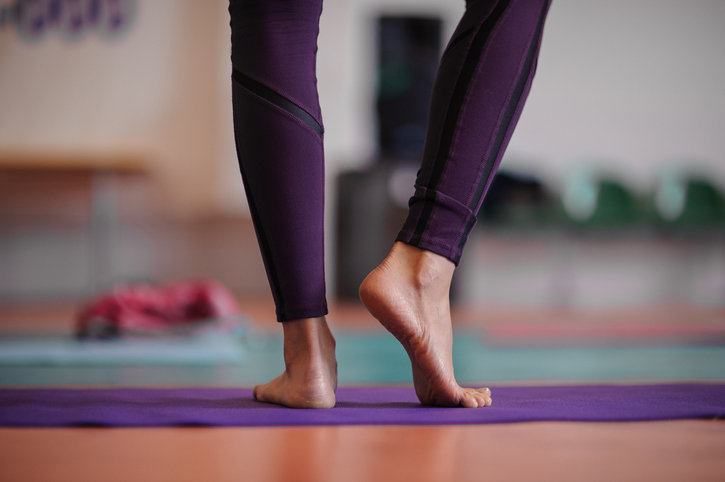
Considering the price we pay for athletic shoes, there’s good reason to do so. not wear them. Here are some potential benefits of barefoot training.
1. Greater mobility of the foot
Some forms of exercise require foot mobility limited by shoes. If you have ever done an exercise like PilatesYou know that subtle changes in foot position (for example, pointing the toes or flexing the foot) can affect the intensity of a movement or completely change its direction.
What if yoga is your jama pair of bulky sneakers will only unbalance and slow down your sun salutations. To enjoy the full range of motion in your toes, feet, and ankles, you should walk barefoot.
2. Stronger feet
The springy soles of your favorite running shoes are comfortable, but some experts believe all that cushioning can weaken the muscles in your feet.
“Supportive shoes are designed to reduce the work these [foot] the muscles have to do the work, which is excellent in most cases,” says Dr. Mike Rushton, DPM, co-founder and medical director of Forward medical movement in St. George, Utah. “But if you never let these muscles function properly, like anything else, they weaken and lose their ability to do their job effectively.”
This can harm your athletic performance and possibly lead to muscle imbalances and injuries. “Barefoot training allows your feet to work naturally, engaging a whole new set of muscles you probably didn’t know existed,” says Rushton.
3. Improved body awareness
In addition to doing all the heavy lifting for your foot muscles, shoes also act as a barrier between the nerve endings in your feet and the surface you’re standing on. Removing your shoes allows for a better sensory experience, which can help proprioceptionor your awareness of your body and how it moves in relation to its surroundings.
Being able to feel the ground beneath you can also help you achieve better form and alignment in certain lifts.
“Squat bare feet can help develop flexibility in the ankles And hips as the knees move forward and back, allowing proper targeting of the hip flexors and hamstrings,” says Jack Craig, CPT at Inside Bodybuilding.
Can you do a barefoot workout if you have plantar fasciitis?
Plantar fasciitis occurs when the thick band of tissue connecting the heel bone to your toes becomes inflamed. This is often very painful and should be evaluated by a healthcare professional.
Although you should listen to your doctor’s recommendations regarding physical activity, it’s probably best to avoid exercising barefoot if you have plantar fasciitis.
“Going barefoot for long periods of time should be avoided for people with plantar fasciitis, as the prolonged heavy pressure of your heel and foot on solid ground can increase pressure on the already inflamed arch and heel and can worsen the symptoms of plantar fasciitis. » said Dr. Kristen Gasnick, PT, DPT.
“Plantar fasciitis has a very strong connection with shoes,” says Gasnick. “So making sure you invest in well-fitting shoes with good shock absorption and foot support can help reduce your plantar fasciitis symptoms and improve your ability to walk barefoot without pain once the inflammation resolved.”
Barefoot training shoes
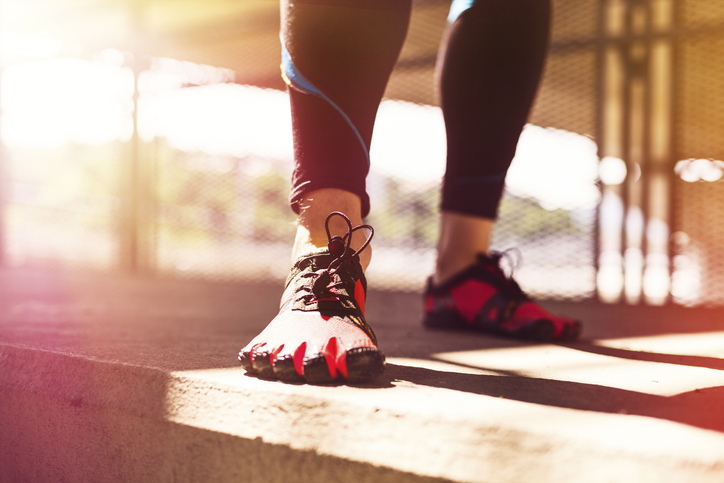
Intrigued but not yet ready to “reveal” everything? These minimalist barefoot workout shoes offer a barefoot workout experience while providing a barrier between you and the floor.
Bare feet
Known for its wide, flat and flexible soles, Vivobarefoot offers a complete range of minimalist shoes for the whole family.
Vibram five fingers
It’s the closest thing to being barefoot without actually going barefoot. Vibram FiveFinger shoes are made with ultra-lightweight materials, flexible soles and individual toe pockets.
Feel the grounds
FeelGrounds shoes, which range from lifestyle shoes like sandals and boots to active sneakers, are all about comfort, style and environmental responsibility.
Converse
Although not marketed as barefoot training shoes, Converse sneakers, particularly Chuck Taylors, are often the shoe of choice for Olympic weightlifters, thanks to their flat soles.
